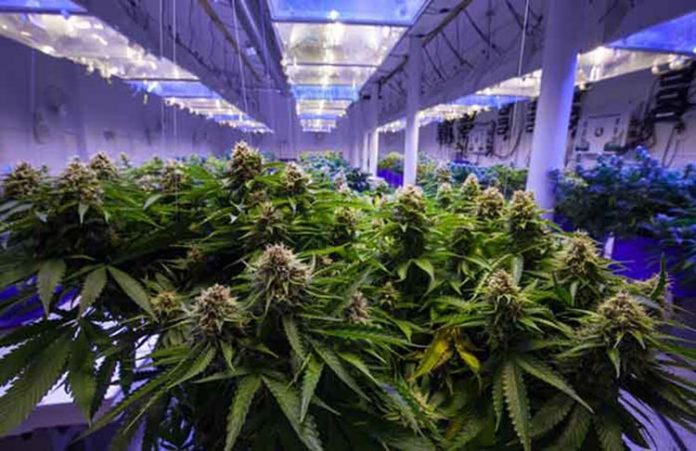The decades haven’t been kind to the neighborhoods that sit in the shadow of the vast industrial expanse of Power Inn Road.
Faye Wilson Kennedy, 63, can remember when her south Sacramento home was surrounded by solidly middle-class black families who gave life to grocery stores, schools and churches. For the last 20 years, she has watched the neighborhood shift to a collection of cash advance stores and fast-food joints, mostly supported by cash-strapped renters.
But even that transition doesn’t compare to what she sees on the horizon.
“It’s like cannabis world down here,” said Kennedy, co-founder of the Southeast Village Neighborhood Association. “You can’t go two blocks without running into some type of cannabis business. Some of them are disguised, but they’re there. And more are coming.”
Indeed, according to the Power Inn Alliance business group, there are dozens of dispensaries and cultivation startups tucked between Power Inn Road to the west, Fruitridge Road to the north, Elder Creek Road to the south and Watt Avenue to the east. Of the 160 applications submitted to the city for permits, at least 80 are for this swath of south Sacramento, eying 2.5 million square feet of space.
For perspective, that’s the equivalent to about 42 football fields. That’s a lot of pot.
It’s also not the kind of “green” that was promised back in 2016, when then-Mayor Kevin Johnson said he would turn the industrial corridor into a “hub of clean energy and green technology” companies.
No one should be surprised then that residents are livid.
On Tuesday, the Sacramento City Council will decide whether to study the impacts of cannabis businesses on neighborhoods and whether to add dispensaries to the businesses that would compensate residents for their presence.
Last week, the Law and Legislation Committee debated whether to put a cap on the number of weed businesses within the boundaries of the Power Inn Alliance. Also discussed was how to define an existing provision that requires the city to consider if there’s an “undue concentration” of pot businesses in a neighborhood before granting a conditional use permit. Right now, unbelievably, there’s no definition of what constitutes an “undue concentration.”
In many ways, such debates were inevitable. Sacramento, looking to plug gaping holes in its budget, chose to be the proverbial canary in the coal mine on cannabis. No other Central Valley city has embraced the newly legal drug the way we have, nor had the problems.
“It’s revenue coming into the city,” Kennedy said. “But at what expense?”
Her biggest fear is how the proliferation of cannabis businesses will hurt young black men and women. She is right that many of them won’t be able to benefit from the new multibillion-dollar industry, despite Sacramento’s admirable efforts to help entrepreneurs of color who were disproportionately punished during the drug war. Meanwhile, by welcoming an unlimited number of weed businesses to the city’s industrial zones, the city also could be laying the foundation for a housing crisis in adjacent low-income, predominantly black neighborhoods.
Already, warehouses and industrial buildings are selling for two and three times the usual asking prices in south Sacramento. Rents are high, too. Tracey Schaal, executive director of the Power Inn Alliance, worries non-pot companies will get pushed out in favor of more deep-pocketed cannabis businesses.
That kind of concentration, in turn, could lead to the kind of residential gentrification that has happened in parts of Denver and Seattle after pot was legalized. There, cannabis industry workers took over entire neighborhoods, bringing avocado toast shops, craft breweries and other hipsterfied businesses along with them. In Denver, for example, things got so bad that the City Council put a temporary moratorium on new pot businesses in response to evidence that most ganjapreneurs had settled in the poorest parts of the Colorado city.
It doesn’t help south Sacramento’s prospects that housing prices remain lower there than in most of the city. If demand for the neighborhood suddenly increased and rents went up as a result, many tenants would have few other options for housing and could end up on the street. The same is true for North Sacramento, another predominantly black neighborhood near warehouses that have proved popular with cannabis businesses.
For months, Kennedy has been telling the City Council to “share the love” by making pot businesses spread out before it’s too late. That’s good advice.














